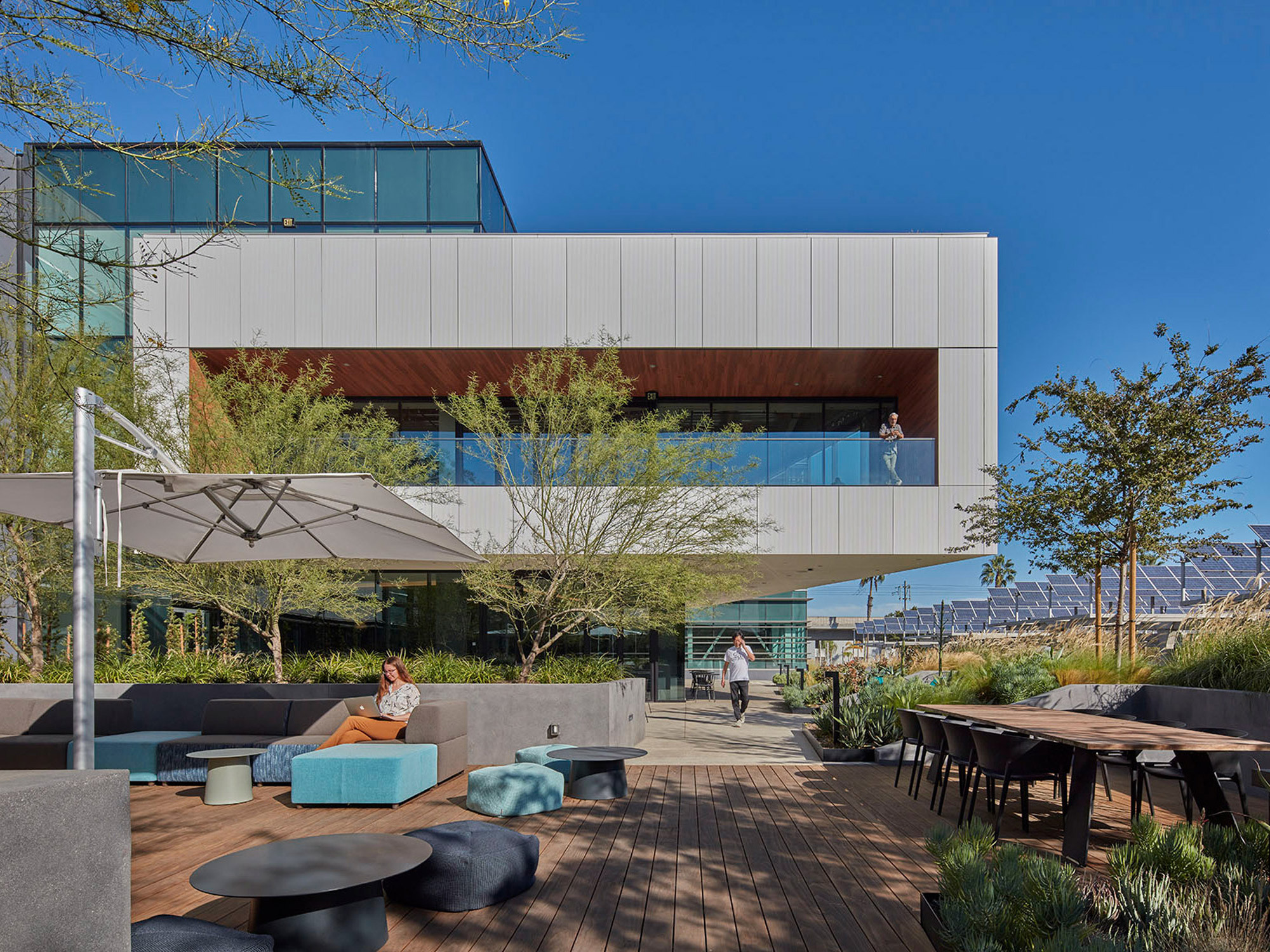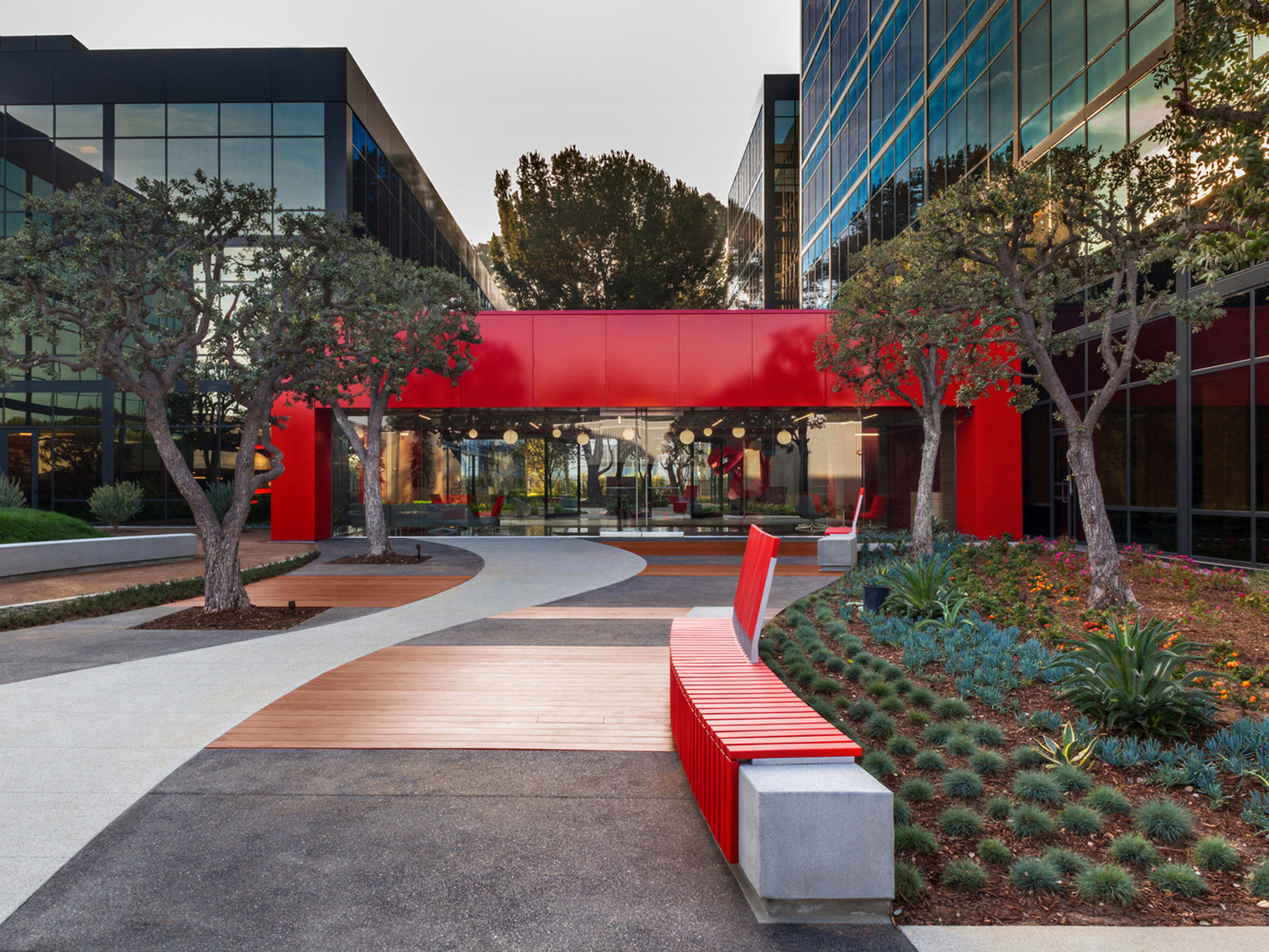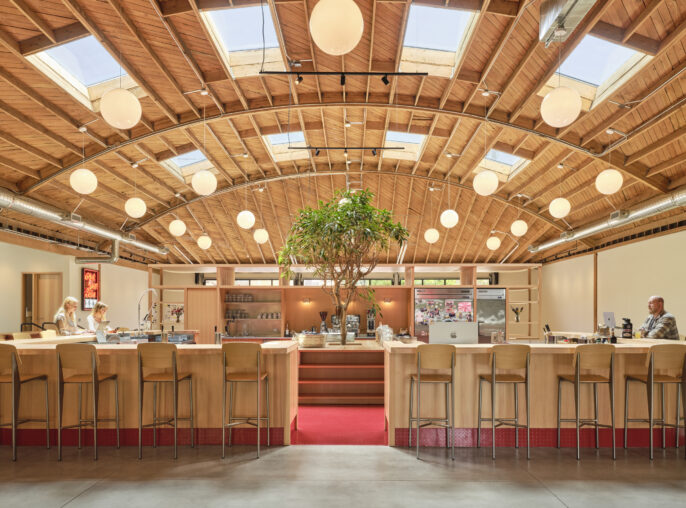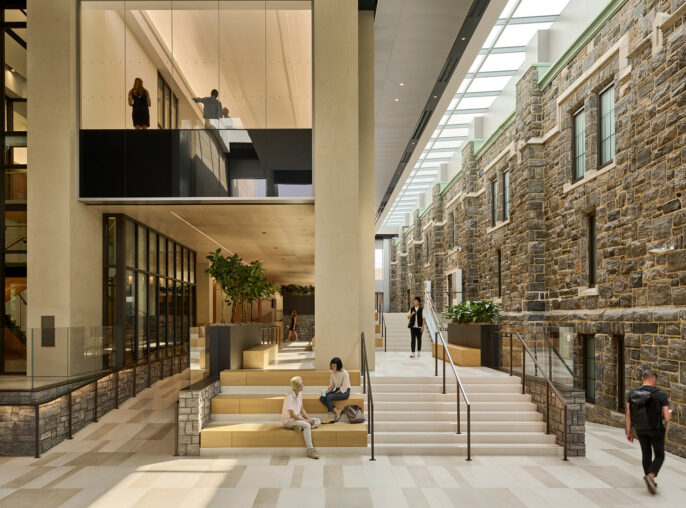Insight
5 Ways to Refresh Your Building

As tenant needs evolve and market expectations shift, building repositioning offers a way to extend the life of a property. A strategic refresh can help attract new users, improve performance, and add long-term value. The right changes do not always require full redevelopment. Rather, small adjustments, if planned carefully, can have just as strong of an impact.
Here are five ways to reposition a building to meet new goals and keep pace with current demand.
1. Update the Lobby
The lobby sets the tone for the entire building. A refresh here can change how people perceive the space from the moment they enter. Updating lighting, materials, and signage can improve clarity and comfort. Reconfiguring furniture or circulation zones can also help support changing patterns of use, especially in buildings with higher foot traffic or mixed uses.

2. Improve Amenities
Workplace needs have shifted. Many tenants now expect access to shared spaces like lounges, fitness rooms, or outdoor areas. Repositioning a building often involves reclaiming underused areas and turning them into places where people want to spend time. These amenities support both recruitment and retention for tenant companies.
3. Enhance Building Systems
Energy efficiency is a growing priority for both owners and users. Upgrading systems such as HVAC, lighting, and controls can reduce operational costs and improve comfort. These changes also support sustainability goals and may help align with ESG reporting requirements. Even small adjustments, like motion-sensor lighting or improved air filtration, can lead to noticeable improvements.
4. Rethink the Façade or Entry
The building’s exterior has a lasting effect on how it is viewed from the street. A refreshed façade, updated entry canopy, or improved landscape design can increase visibility and appeal. These elements also affect how users experience arrival and departure. Making the entry more visible, accessible, or welcoming can add long-term value without a full renovation.
5. Align with Tenant Needs
Repositioning is most effective when it reflects what tenants need now. This may involve updating technology infrastructure, creating more flexible office layouts, or supporting hybrid work patterns. Listening to current users and studying market trends helps guide decisions and ensures that changes stay relevant over time.
A Targeted Approach to Change
Building repositioning does not always require a large budget or long construction timeline. Focused updates, guided by user experience and market insight, can improve performance and extend the value of the asset. A clear strategy, supported by design, helps reposition the building with purpose and direction.



